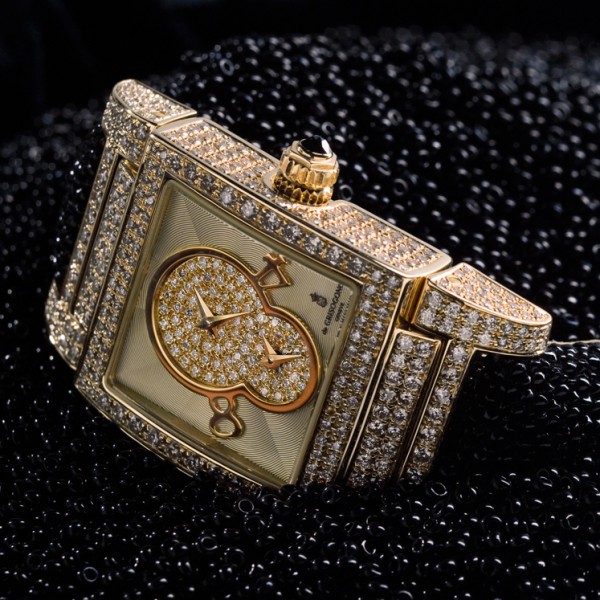It’s been my more or less firm opinion since I had Contax N Digital for my main digital SLR: even though formal resolution of a digital camera is important, there are factors that equally contribute to the resulting effective image quality. What I mean is, NORMAL PEOPLE never assess an image by looking at it at 1:1 magnification on a computer monitor from a distance of one foot. Photographers often forget this simple fact and become victims of a malignant habit of pixel peeping.
In reality, high-quality images are usually printed in magazines, or displayed as prints. In either case, the distance from which it is convenient to look at prevents from burrowing into tiny details and favors overall impression, or, as some prefer to say “look and feel”. The only notable exception to the rule is a medium called a light box. You see a lot of them in jewelry stores, for instance. A large (sometimes very large) print made on transparent film is backlit against a white diffusion panel. In many instances, a 4×6′ blow-up of a macro shot is right in the client traffic area, and one can look at it from a very close distance. It certainly imposes much more stringent requirements on image quality. Now, after all this being said, I can reveal a terrible secret: most of my work done for light box presentation was shot in 2005-2007 with a 16-megapixel 37x37mm Kodak ProBack 645C. Like this one below:

I can assure you that a good lens, a firm tripod and literacy in lighting techniques mean way more than the number of pixels in a digital back of your camera.
Working in simultaneously with Contax N Digital and the Contax 645AF/Kodak ProBack setup I came to an even more sobering revelation: physical size of a digital sensor (not the resolution) is obviously important to the image visual properties, but the dependence is non-linear. First, its “the bigger, the better”. Then, when it surpasses the 35mm frame size, the law of diminishing returns takes over. Essentially, when the sensor size is more than two times larger than 24x36mm, it does not really matter how big it is in practical applications.
Recently I spent some quality time evaluate Leica S2. The 1.3 crop-factor puts it into a so-called sub-medium format category. When it comes to image quality, however, it appears to be in a class of its own. I was very curious, how it will stand up to a PhaseOne/Leaf Aptus 12 setup, which sports 60 megapixels on a full 645 frame. If you are shopping (or contemplating to be shopping) for a digital medium format camera, my findings will almost change your life 🙂


You must be logged in to post a comment.